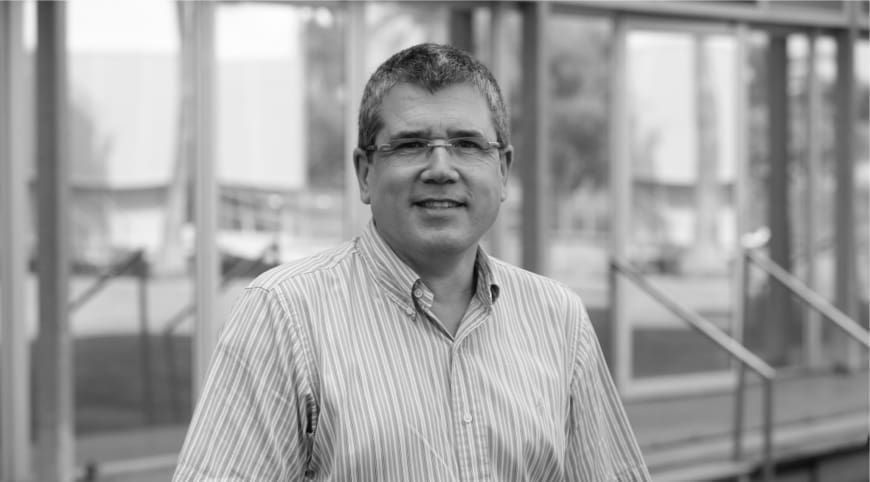Zinc acetates as efficient catalysts for the synthesis of bis-isocyanate precursors
Anhydrous and hydrated zinc acetates were found to efficiently catalyze alkoxycarbonylation of the aromatic diamines 2,4-toluenediamine (2,4-TDA) and 4,4′-diphenylmethane diamine (4,4′-MDA) with diethyl and dimethyl carbonate, providing the desired bis-carbamates in yields from 93 to 98%. Driving these reactions to completion required temperatures of ca. 190 °C for 2,4-TDA and ca. 180 °C for 4,4′-MDA, and alkyl carbonate-to-substrate molar ratios of 25:1 to 30:1. Higher catalyst loadings were required for 2,4-TDA (2.5 mol %) than for 4,4′-MDA (1 mol %).

E. Reixach, N. Bonet, F. X. Rius-Ruiz, S. Wershofen, A. Vidal-Ferran
Ind. Eng. Chem. Res. 2010, 49, 6362-6366
Associated ICIQ research group/s:

Let's create a brighter future
Join our team to work with renowned researchers, tackle groundbreaking
projects and contribute to meaningful scientific advancements




















